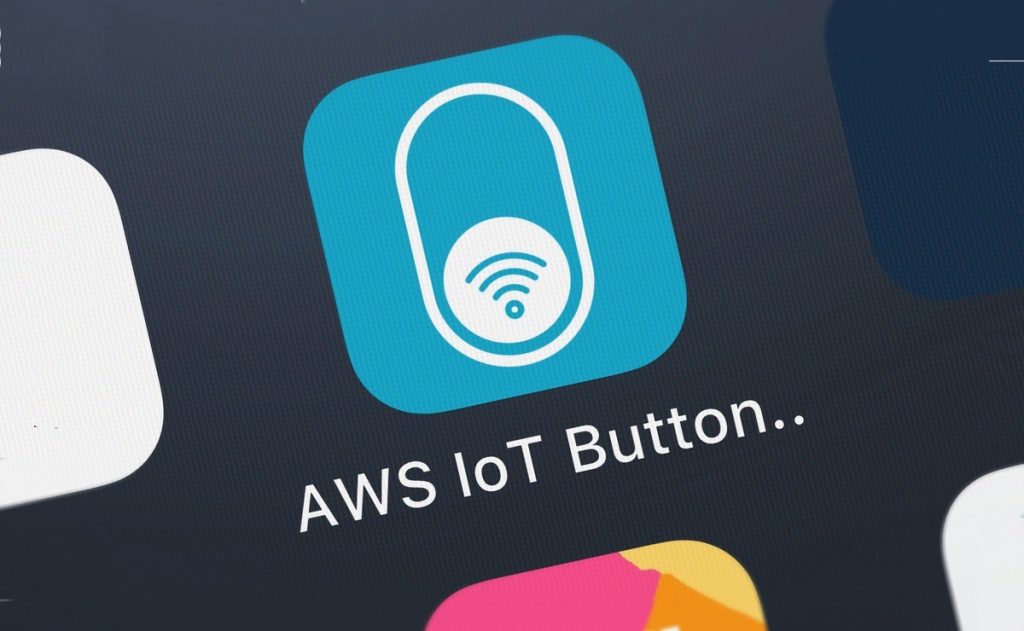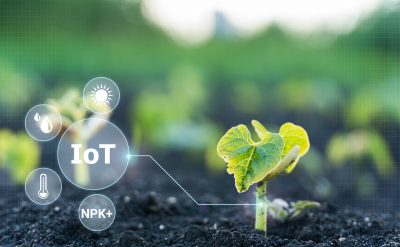In a recent IoT event that took place in Las Vegas, AWS announced that it has upgraded its service and added 8 new features, which are now available on their Internet of Connected Things (IoT) platform. The new features include secure tunneling, configurable endpoints, custom domains for configurable endpoints, enhanced custom authorizers, fleet provisioning, Alexa Voice Services (AVS) integration, container support AWS IoT Greengrass, and Stream Manager for AWS IoT Greengrass.
Let us look at the details of these new features:
1. Secure Tunneling: You can now set up and use secure tunnels between devices, even if they are hidden behind restrictive network firewalls.
2. Configurable Endpoints: Create multiple AWS IoT endpoints within a single AWS account and set up a unique configuration on each of them. This feature comes as a benefit that your brand can now recognize and provide fully qualified domain names that enable organizations to manage their root certificate authority.
3. Custom Domains for Configurable Endpoints: Domain registrations and server certificates can be done on your own and can be used to create custom AWS IoT core endpoints.
4. Enhanced Custom Authorizers: Callbacks can be used to invoke authentication and code authorization for MQTT connections. For example, an MQTT connection can be authenticated and authorized by passing a simplified token over HTTP and WebSocket (WSS) connection.For organizations looking to implement and access their own identity and management solutions, they can exploit the Enhanced Custom Authorizers to authenticate and authorize traffic to and from IoT devices.
5. Fleet Provisioning: This feature makes large onboarding fleets of IoT devices to AWS IoT Core easy. A lot of enterprises spend a lot of time and resources to configure each IoT device at the time of manufacturing. Now fleet provisioning feature will get all the generic devices uniquely configured when the master device makes its first connection to AWS IoT core. These configurations can include X.509 certificates, MQTT client identity, and serial numbers with the use of JSON templates; fleet provisioning contains device-side configuration, proof-of-trust, and cloud-side configuration criterion. Trust can be attested with entities such as X.509 bootstrap certificate, or even a local connection branded via a mobile app.
6. Alexa Voice Service (AVS) Integration: This feature dramatically reduces the cost of producing an Alexa built-in device up to 50% by offloading compute and memory intensive audio workloads from a physical device to a new virtual Alexa integrated device in the cloud. This feature lets you integrate AVS on devices less than 1 MB of RAM and ARM Cortex ‘M’ class microcontrollers and brings Alexa to products such as light switches, thermostats, and small appliances.
7. Stream Manager for IoT Greengrass: AWS IoT Greengrass applications can now be built collected, processed, and data streams can be exported from IoT devices. First-tier processing for applications can be done at the edge and then routed through or selected data to an Amazon Kinesis Data Stream or AWS IoT Analytics for cloud-based, second-tier processing.
8. Container Support for AWS IoT Greengrass: Deploy, run, and manage Docker containers and applications on your AWS IoT Greengrass enabled devices. Deploy containers and Lambda functions on the same machine and use the existing tools to process your work on IoT.
In addition to these above-mentioned features, Amazon has also made a handsome investment in the area of AWS IoT Greengrass, local compute, and data management platform. To know more about AWS, go through our latest whitepapers on Internet of Things .









































































